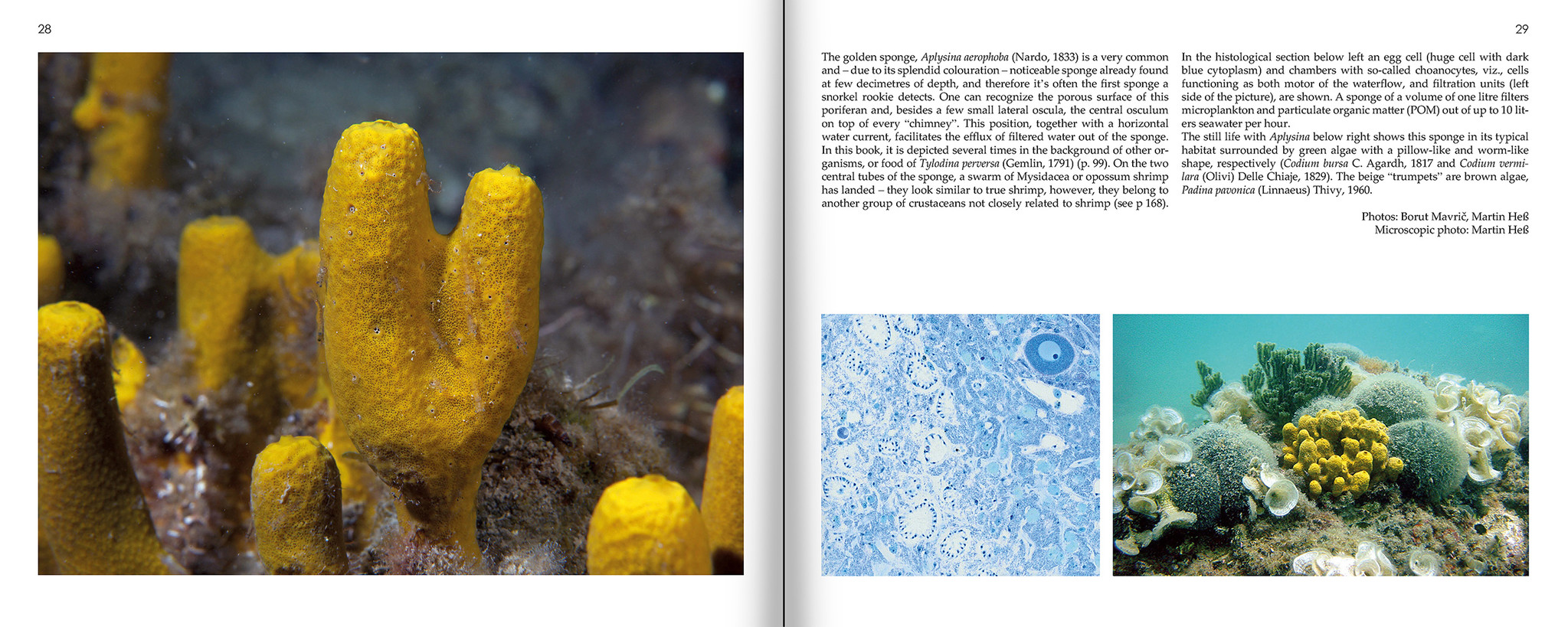| Autoren | Roland R. Melzer et al. |
| Sprache | Englisch |
| ISBN | 9783899372731 |
| Verlag | Verlag Dr. Friedrich Pfeil |
| Seiten | 320 |
| Großë | 24,6 x 30,5 cm |
| Format | Gebundene Ausgabe |
| Bilder | 399 Farbabbildungen |
| Erscheiningsjahr | 2022 |
The northern Adriatic is in turmoil. Harmful human impact has caused die-offs and drastic changes in the number of species and their structure, with many things changing from bad to worse. However, in marine protected areas and other localities that still are in an almost pristine state, one finds magnificent microworlds, animal communities of the seafloor, exhibiting a wealth of shapes, colours, and life habits – masterpieces of nature. To the human eye, these species’ survival tricks range from decent to weird. They are small but excellent, difficult to find, and a revelation once they are on camera. The present book has been created to celebrate their beauty and tell their stories: How does “natural engineering“ allow for their survival with the help of fans, filters, tentacles, pumps, and slime nets? How can some of them hide in plain sight while others bore into solid rock? What do they do to find mates? This book is meant as an advertisement for those little beauties and their diversity. In an ocean thrown out of balance by human activities, they are in limbo and deserve protection. Guardians wanted!
The authors of this book, a group of dedicated naturalists, underwater photographers, and marine researchers who have watched the northern Adriatic benthic communities for decades, have thus reached deep into their photo collections and into their accumulated knowledge about marine organisms, and present their favourite photos, their favourite tales with the hope that the readers will fall in love with the splendid miniature communities at the bottom of the sea.
content
Into the black 6
Into the blue 7
Some basics about the microworlds of the sea floor 8
How this book was created 11
The sources: benthic algae and plankton 12
Porifera – sponges 16
Ctenophora – comb jelly fish 32
Cnidaria ‒ polyps, sea anemones, corals and jellyfish 34
Plathelminthes – turbellarians or flatworms 62
Mollusca – snails, slugs, cuttlefish and clams 70
Polychaeta – marine ringed worms 138
Pycnogonida ‒ sea spiders 162
Crustacea – mantis shrimps, decapods, mysids (opossum shrimps), isopods (marine woodlice) and others 164
Echinodermata – sea stars, sea urchins, sea cucumbers, serpent stars and feather stars 226
Bryozoa – moss animals 250
Tunicata – sea squirts and synascidians 258
Teleostei – fish 278
Elasmobranchii ‒ sharks and rays 312
Epilogue, dedication and acknowledgements 316
The photographers’ suggestions for further reading 317
Species list 318
The underwater photographers 320


































